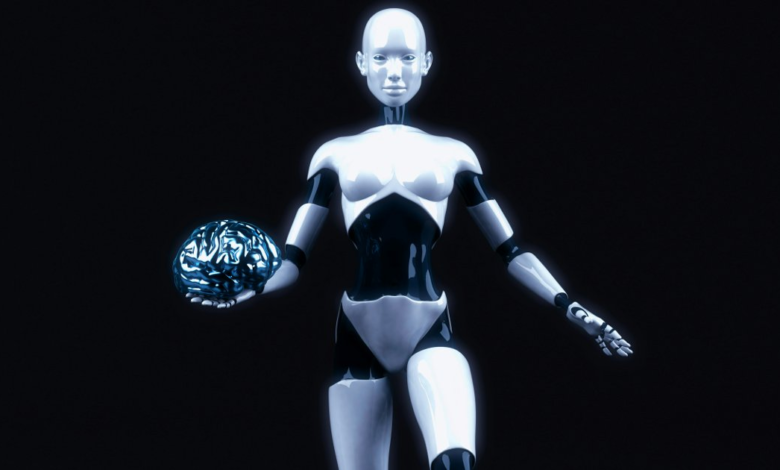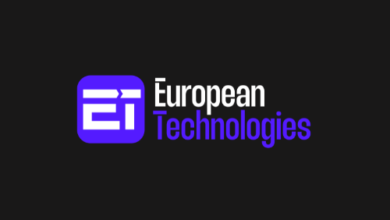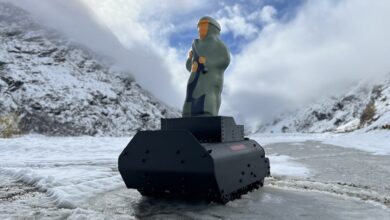How Robotics and AI are Shaping the Future

The world is rapidly evolving, and at the forefront of this transformation lies the groundbreaking field of automation. Robotics and artificial intelligence (AI) are no longer confined to the realms of science fiction; they are tangible forces reshaping our present and paving the way for an extraordinary future.
For decades, the notion of machines capable of mimicking human intelligence seemed like a distant dream. However, recent advancements in AI and robotics have shattered these perceived boundaries. Today, we are witnessing the birth of intelligent systems that can perceive, learn, reason, and make decisions with remarkable precision.
AI algorithms can now process vast amounts of data, identify patterns, and derive insights that would be nearly impossible for humans to discern. This capability has revolutionized fields such as healthcare, finance, and transportation, enabling more accurate diagnoses, smarter investment decisions, and optimized logistics. According to a report by PwC, AI has the potential to add as much as $15.7 trillion to the global economy by 2030.
Automating the Everyday
While AI’s cognitive prowess is undeniable, robotics has brought automation to the physical realm. Robots are no longer confined to assembly lines; they are now venturing into new territories, from exploring the depths of the ocean to assisting in delicate surgical procedures.
In the manufacturing sector, collaborative robots (cobots) work alongside humans, enhancing productivity and safety. These robots can handle repetitive and hazardous tasks, freeing up human workers for more complex and creative roles. The global market for collaborative robots is projected to grow to USD 11.8 billion by 2030, with a CAGR of 35.2%
In the realm of logistics, autonomous vehicles and drones are transforming the way goods are transported, promising faster delivery times and reduced carbon footprint. Furthermore, autonomous driving alone could generate $300 billion to $400 billion in revenue by 2035 while reducing emissions and the carbon footprint.
Redefining Industries
The impact of robotics and AI transcends individual tasks; it is reshaping entire industries. In agriculture, precision farming techniques leverage AI and robotics to optimize crop yields, minimize waste, and reduce the need for manual labor. Autonomous drones and robots can monitor crop health, detect pests, and even assist in targeted spraying of pesticides.
The healthcare sector is also undergoing a remarkable transformation. AI-powered systems can analyze medical images with unparalleled accuracy, enabling earlier detection of diseases and improving patient outcomes. Robotic surgical assistants offer enhanced precision and minimally invasive procedures, leading to faster recovery times for patients.
Navigating the Future Workforce
As automation continues to advance, concerns about job displacement have emerged. However, history has shown that technological disruptions often create new opportunities and industries. While some jobs may become obsolete, others will be created, requiring a skilled workforce adept at working alongside intelligent machines. According to a report by McKinsey, by 2030, AI could displace 15% of the global workforce. However, it is predicted that by 2035, AI technologies could boost labor productivity by up to 40% across 16 industries, including manufacturing. This could result in an additional $3.8 trillion in gross value added (GVA) to the manufacturing sector in 2035. Employers and educational institutions must prioritize reskilling and upskilling programs to equip workers with the necessary digital literacy and versatile skill sets. Collaboration between humans and machines will be crucial, as humans will be tasked with roles that require creativity, critical thinking, and emotional intelligence – abilities that remain challenging for AI to replicate fully.
Ethical Considerations and Governance
With great power comes great responsibility. As robotics and AI continue to shape our world, it is imperative to address ethical and governance concerns proactively. Issues such as privacy, bias, and accountability must be tackled head-on to ensure these technologies are developed and deployed responsibly.
A report by the AI Now Institute highlights the potential risks of AI bias, where algorithms can perpetuate and amplify human biases, leading to discriminatory outcomes. Governments, industry leaders, and ethical bodies must work together to establish robust frameworks and guidelines that prioritize transparency, fairness, and the well-being of society. By fostering trust and addressing potential risks, we can harness the full potential of automation while mitigating its unintended consequences.
Embracing the Future
The age of automation is upon us, and its impact is both profound and far-reaching. Robotics and AI are transforming industries, streamlining processes, and augmenting human capabilities in ways we could have scarcely imagined just a few decades ago. By harnessing the power of automation and fostering human-machine collaboration, we can unlock new realms of possibility and shape a future that is more efficient, sustainable, and prosperous for all. The pioneering spirit that drives innovation in robotics and AI will undoubtedly shape the course of human civilization for generations to come.



